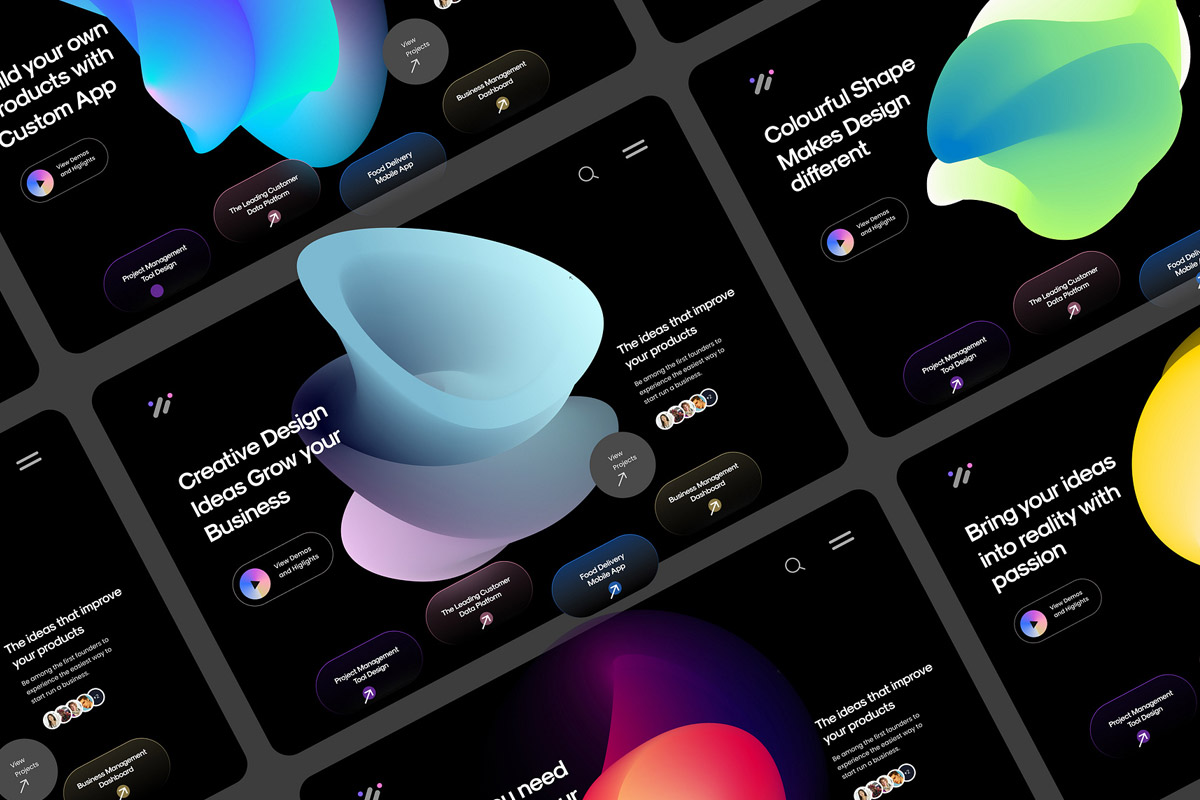Importance of a Proper Branding Campaign
Branding is more than just a logo or a catchy slogan—it is the heart of your business’s identity. A strong branding campaign can establish credibility, attract the right audience, and foster long-term customer loyalty. Whether launching a new brand or revitalizing an existing one, a well-thought-out branding campaign is essential for sustained success.
Why a Proper Branding Campaign Matters
A structured branding campaign provides several advantages:
- Builds Trust and Credibility – Consistent and professional branding establishes your company as an authority in your industry.
- Creates Emotional Connections – A well-crafted brand identity resonates with customers on an emotional level, making them more likely to engage and remain loyal.
- Enhances Brand Recognition – A cohesive brand presence across all touchpoints makes it easier for consumers to recognize and recall your business.
- Differentiates from Competitors – Unique branding helps businesses stand out in a crowded market.
- Increases Business Value – A strong brand boosts brand equity, which can lead to higher customer retention and revenue growth.
Key Aspects to Consider in a Branding Campaign
When conducting a branding campaign, always focus on the following elements:
1. Clear Brand Identity
Define the core elements of your brand, including:
Brand Mission & Vision: What does your brand stand for, and what future are you aiming for?
Brand Values: The guiding principles behind your business decisions.
Brand Personality: How would you describe your brand if it were a person (e.g., bold, innovative, friendly, luxurious)?
Visual Identity: Logo, color palette, typography, and design style.
2. Consistency Across All Platforms
A fragmented brand presence confuses customers. Your website, social media, packaging, and marketing materials should all reflect a unified look and message.
3. Target Audience Understanding
Conduct market research to define your ideal customer personas. Know their pain points, preferences, and online behavior to craft messages that resonate with them.
4. Storytelling Approach
People connect with stories. Your branding campaign should narrate your brand’s journey, challenges, and vision in a way that engages customers.
5. Emotional Appeal & Humanization
Branding should not just be logical; it should evoke emotions. Personalization, testimonials, and authentic brand stories help humanize your business.
6. Strategic Positioning
Analyze the competition and define a unique value proposition (UVP) that differentiates your brand. Whether it’s superior quality, exceptional service, or innovation, make sure your brand stands out.
"A brand is a promise. A good brand is a promise kept."
Muhtar Kent
Chairman and CEO, The Coca-Cola Company
Best Pattern to Roll Out a New Brand
Step 1: Internal Alignment
Before going public, ensure your internal team understands and embraces the brand’s identity. Conduct internal training sessions and provide brand guidelines.
Step 2: Pre-Launch Teasers & Hype
Create curiosity before the actual launch. This can include:
- Sneak peek visuals
- Behind-the-scenes content
- Countdown campaigns
Step 3: Soft Launch (Beta Phase)
Introduce your brand to a smaller audience for feedback and refinement. Engage early adopters and influencers to build credibility.
Step 4: Official Brand Launch
Make the brand launch a high-impact event through press releases, social media campaigns, email marketing, and collaborations with industry leaders.
Step 5: Post-Launch Engagement & Adaptation
Sustained branding efforts are crucial. Monitor engagement, gather feedback, and optimize the campaign to improve performance.
Modes of Social Media Campaigns for Effective Branding
Social media is one of the most powerful tools for brand awareness and engagement. Here are the most effective types of campaigns:
1. Influencer Marketing
Collaborate with influencers who align with your brand values to tap into their audience and gain credibility.
2. Interactive Content Campaigns
Engage users with:
- Polls and quizzes
- Contests and giveaways
- User-generated content challenges
3. Video & Live Streaming
Use storytelling videos, product demos, behind-the-scenes footage, and live Q&A sessions to build stronger customer connections.
4. Social Media Ads & Retargeting
Leverage Facebook, Instagram, LinkedIn, and YouTube ads to reach a wider audience. Retargeting helps bring back potential customers who showed initial interest.
5. Brand Advocacy & Community Building
Encourage loyal customers to share their experiences and create a brand community using branded hashtags and dedicated social groups.
6. Thought Leadership & Educational Content
Position your brand as an industry leader by sharing insightful blog posts, whitepapers, webinars, and expert interviews.
Conclusion
A strong branding campaign isn’t just about a well-designed logo or catchy tagline—it’s a strategic effort to position your brand effectively in the minds of consumers. By maintaining consistency, understanding your audience, and utilizing the right marketing channels, you can create a brand that not only attracts attention but also fosters long-term loyalty.
Whether you’re launching a new brand or revamping an existing one, a well-planned rollout and a compelling social media presence are key to long-term success.